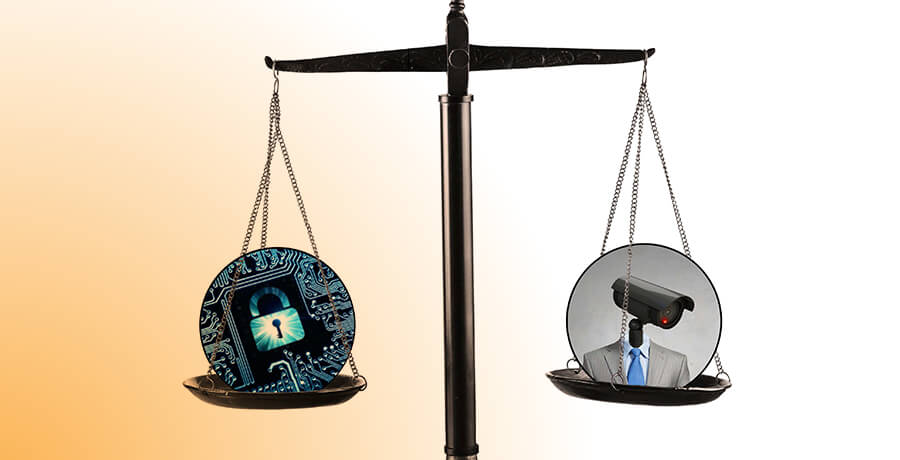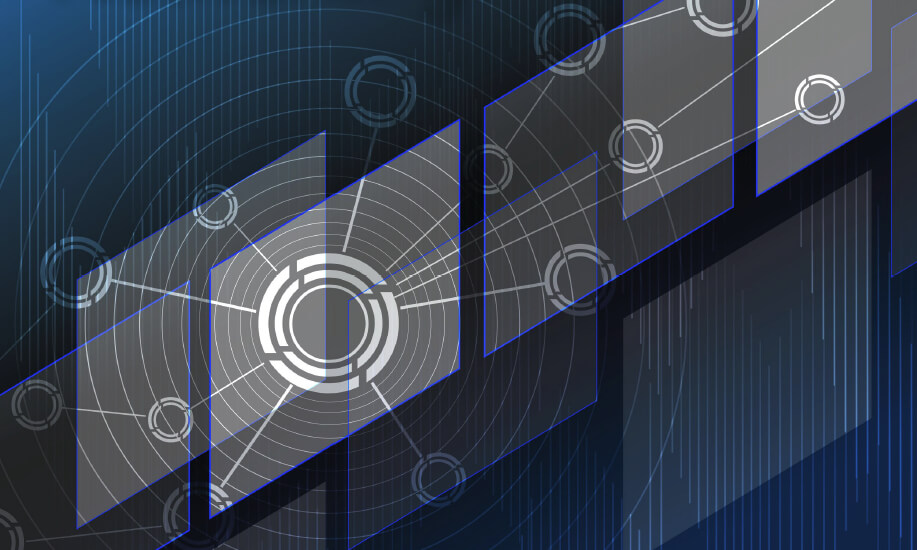Cybersecurity’s Human Element
Credentialing: Making a Better Navy and a Stronger Nation
Author(s):
Matthew Stern, CompTIA,
It’s no secret that the more central communications technology becomes in the day-to-day lives of individuals, enterprises, and governments, the more cybersecurity threats have begun to proliferate. Recent news of advanced persistent threats compromising everything from big-name enterprises to government networks has led to a need for verifiably skilled cybersecurity professionals across the entire computing … Read more











